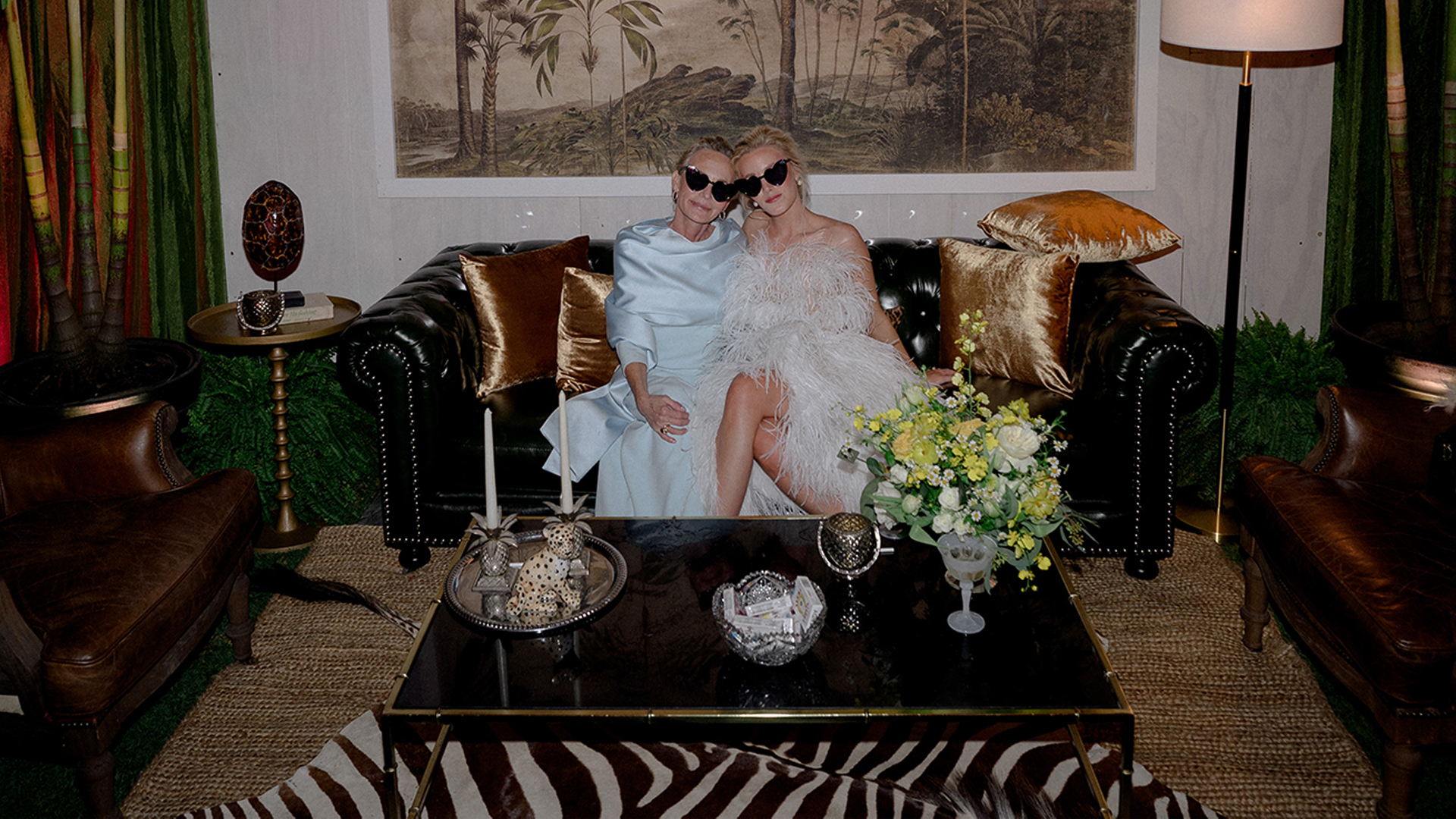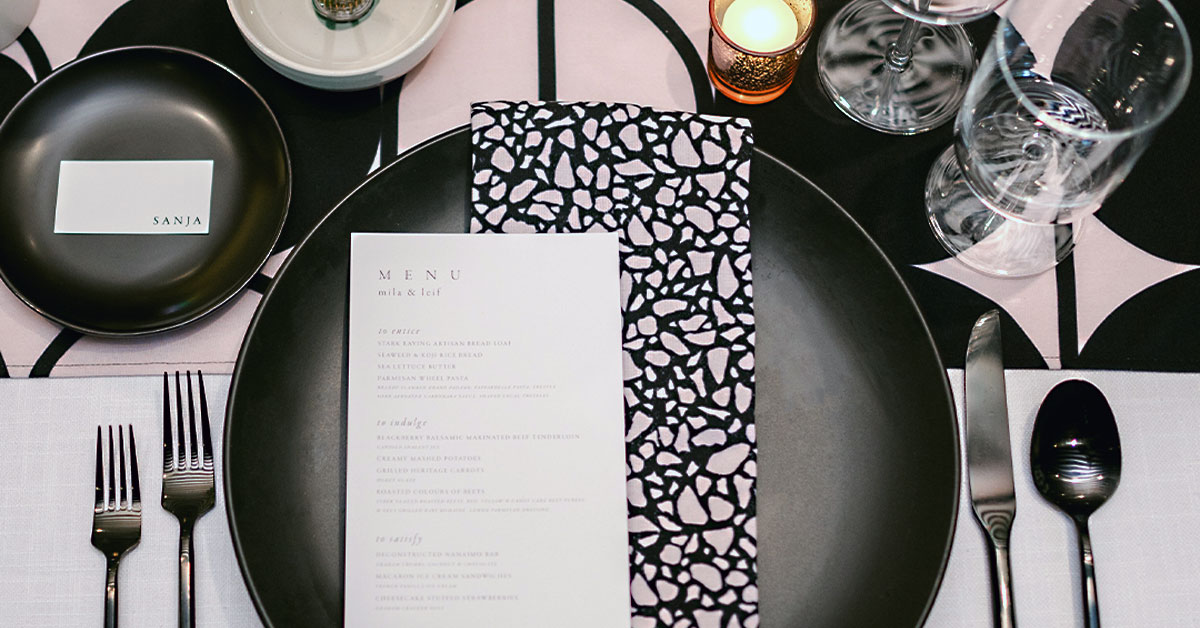The event planning industry has seen its fair share of changes over the last few years—all of which reflect how our society has transformed in the wake of COVID-19. As we move into a new year and as pandemic restrictions slowly (and hopefully) continue to lift region by region, events are an opportunity to bring people together under one roof for the first time in a long time.
Now, the industry is ready to meet new event trends head-on. Not sure where to start when planning your event? We can help.
2022 EVENT DESIGN TRENDS
Whether you are planning a wedding, conference, workshop, trade show, seminar, or other event this year, take a look at these event trends for 2022 to see how event designers are answering the call of a new event planning landscape.
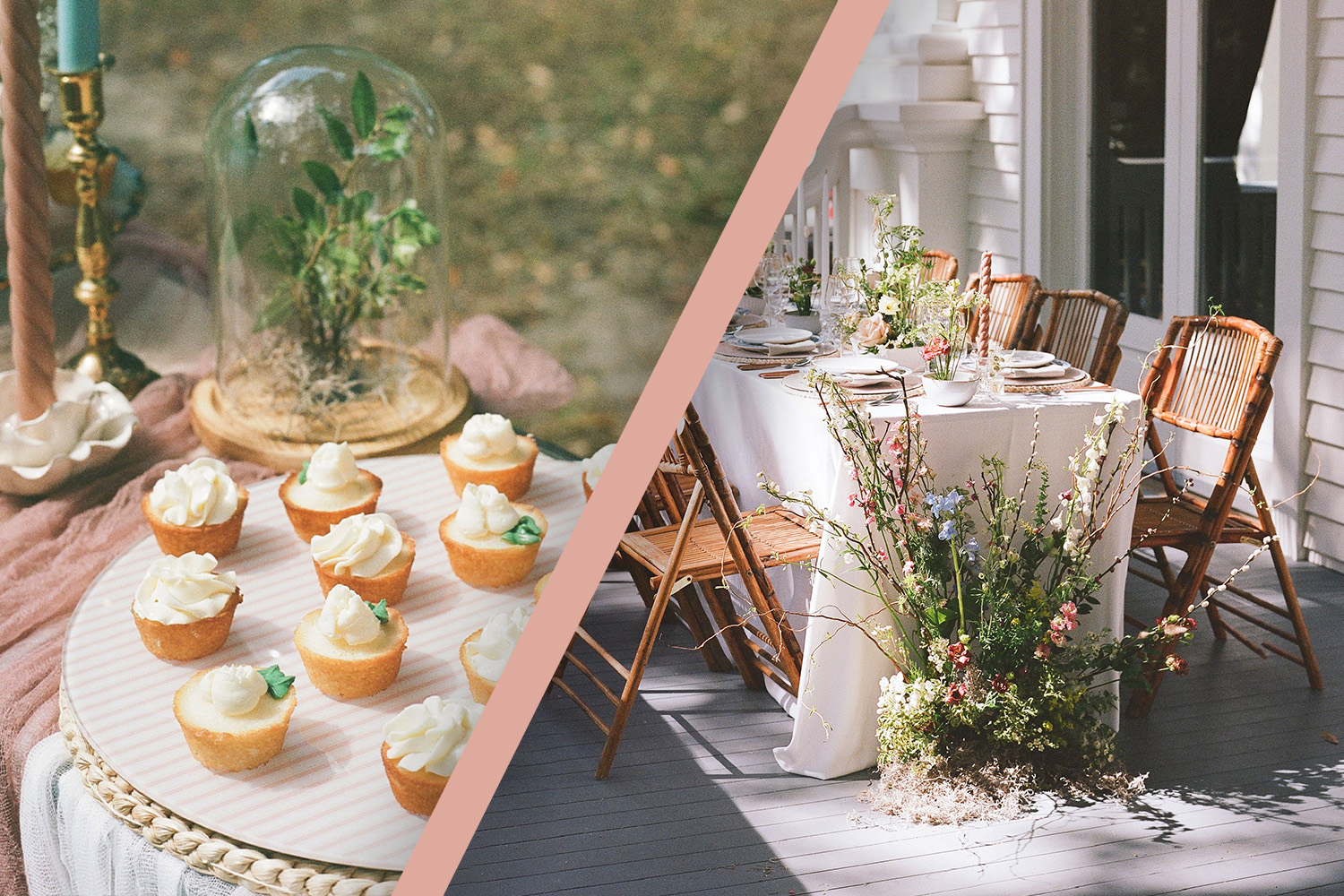
01 SMALLER, MORE FREQUENT EVENTS
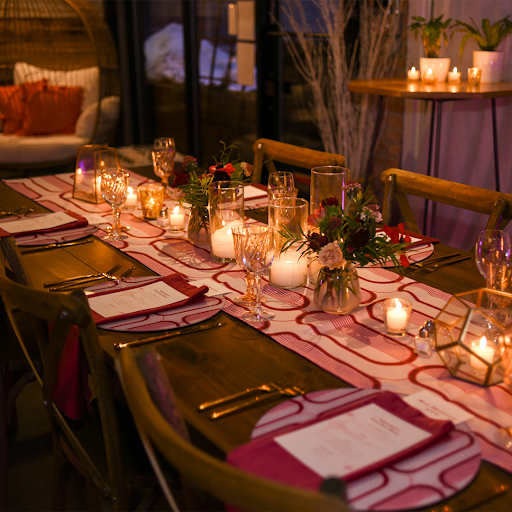
One surprising event trend for 2022 is the rise in demand for smaller, simpler events that allow for more face-to-face time.
On the other hand, after years of isolation, is it so surprising that guests want to have curated and intimate experiences?
Smaller, micro-style events—from weddings to parties to a series of topic-focused workshops—are a chance to curate an authentic atmosphere for your attendees and to better engage with individuals on a one-on-one basis. They also open up the possibility of selecting unique event spaces and themes that are more appealing to guests.
Additionally, with virtual event technology, companies are no longer tied to an annual, massive, in-person event. Instead, you can hold a series of smaller and more engaging events throughout the year—which allows you to keep in touch with customers more often, provide up-to-date content, and cover a wide range of topics.
You can use this trend of smaller and more frequent events to build trust and make your brand, business, or company feel more personal.
02 IN-PERSON, VIRTUAL, AND HYBRID EVENT OPTIONS
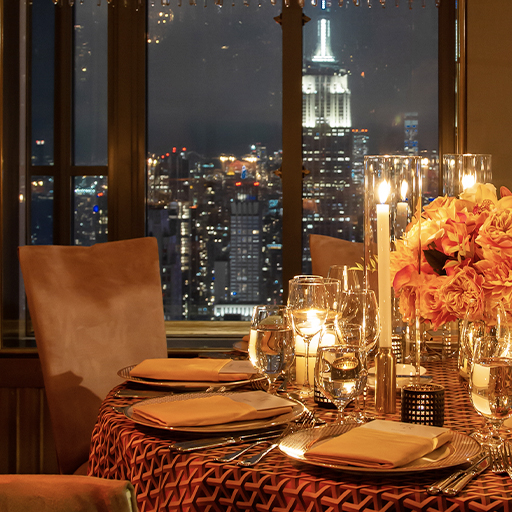
While in-person events are gaining in popularity, virtual and hybrid event options are here to stay.
For in-person events, guests have to consider the pros and cons of attending, including travel costs and health risks. To encourage people to attend a live event in-person, your challenge as an event planner is to overcome those obstacles and, at the same time, create a meaningful experience for your guests. Why should they attend your event? The answer to that question will determine how you proceed with event planning.
Virtual events have been extremely successful during the pandemic. Just about every industry, business, event planner, teacher, organizer, and vendor had to pivot to virtual event technology platforms so they could continue to connect with and market to customers. These events have the advantage of a lower carbon footprint and increased audience reach, and they allow event planners to easily host multiple events on a tight budget.
Hybrid events—those that take place both in-person and virtually—allow you to reach both your physically present audience and attendees across the globe at the same time. Instead of being bound by virtual-only events, you can now have the best of both worlds.
Event planners can expect to have to create strategies that balance in-person, virtual, and hybrid events for the foreseeable future. While it may require learning how to use new tools and technology, you’ll need to keep this event trend in mind to meet the growing demands of your audience.
03 HEALTH AND SAFETY ACCOMMODATIONS
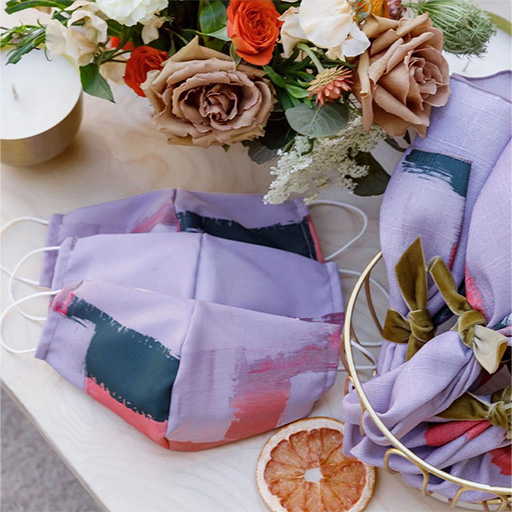
The health and safety of your guests has always been important, but in the wake of the pandemic, it is a priority. With these concerns in mind, risk assessment must now be a core component of event planning.
Your responsibility is to provide the safest environment possible for your event guests, clearly communicate policies and procedures to future attendees, and allow public health indicators to inform design decisions.
Ample sanitation stations, sufficient distance between tables and chairs, creative safety dividers, flexible booking policies, and seating pods are all design decisions to keep in mind as you navigate the uncertainties of planning your event. Be sure to speak with the venue director, caterer, designer, travel coordinator, and any other experts that have a hand in making sure your event is successful.
The most important thing to keep in mind? Have a backup plan. You never know when a venue’s maximum capacity may change or if the weather forecast may take a turn for the worst.
04 NONTRADITIONAL VENUES
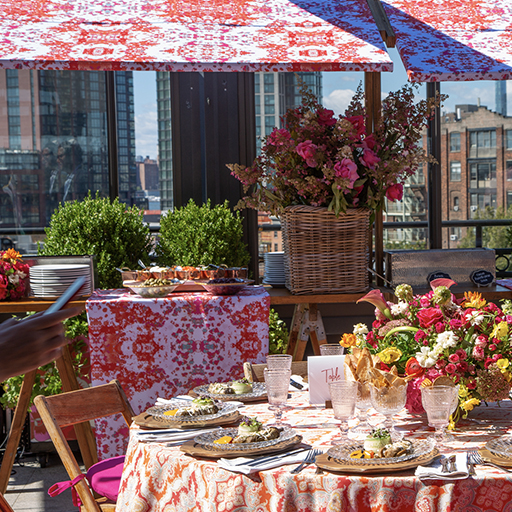
A major event trend for 2022 is booking a nontraditional venue. By choosing a more visually appealing venue for your professional event or wedding, you provide guests with an unforgettable atmosphere and encourage them to share about your event on social media.
These venues are becoming more and more popular:
- Co-working spaces
- Gardens
- Farms
- Barns
- Warehouses
- Art galleries
- Museums
- Co-working spaces
- Libraries
- Local, state, or national parks
- Rooftops
- Conservatories
- Vineyards
- Botanical gardens
- Historical homes
- Vacation rentals
- Industrial buildings
- Breweries or distilleries
- Stadiums
Don’t be afraid to look outside the norm to find an event hosting space that meets your needs.
05 ECO-FRIENDLY AND SUSTAINABLE EVENTS
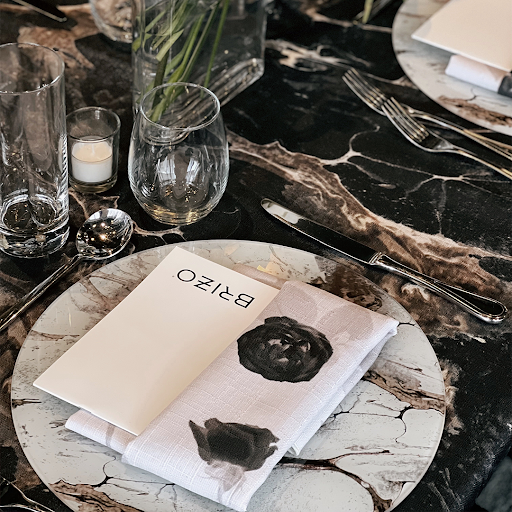
Historically, the event planning and managing industries have been littered with waste. Think of all the single-use plastic, signage, catering waste, merchandising, freebies, party favors, and other items that just get thrown away after the event is over and end up in landfills.
There is an increased demand for eco-friendly, sustainable events, and as that demand grows, people are starting to reject brands and businesses that harm the environment. Now is the time to start developing greener and more efficient strategies so you can join the event planners across the globe who are committing to eco-friendly events.
To get started, remember to “reduce, reuse, recycle.” It isn’t just a marketing slogan—it’s good advice! When planning an event, start by using what already exists. Here are some additional ways to create a more sustainable event:
- Repurpose areas, items, and materials wherever possible
- Switch to a digital ticketing system or biodegradable invitations
- Use natural light instead of electricity
- Choose an outdoor event space or one with efficient lighting
- Hire catering companies that use seasonal, local produce
- Replace plastic water bottles, cutlery, and coffee cups with biodegradable alternatives
- Donate leftover food, toiletries, and other items to local charities
Also, thanks to the rise of virtual and hybrid options, event planners can reduce travel emissions and focus on working with local venders.
Overall, in 2022, events need to take an eco-friendly approach. However you decide to jump into this event design trend, know that your guests will appreciate your dedication to sustainability.
06 BOLD COLORS
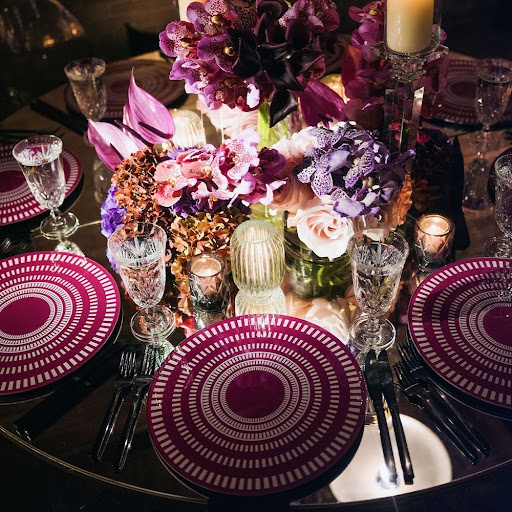
Bold colors are in, and they aren’t going anywhere! We could all use a little brightness and boldness in our lives; your event guests or attendees are no different. This event design trend is all about adding pops of whimsy and fun to every aspect of your event. Whether your event leans more toward the traditional or you are aiming for a more modern and edgy theme, you can’t go wrong with a bit of color.
There are endless opportunities to add bold colors to your event design. You can choose a vibrant, eye-catching design for your tabletop décor, find colorful glassware for your guests to admire, or even use unique lighting to set the stage. Refine your color palette with a few nontraditional options and get started on creating an eye-catching event.
07 CLEAN, TRANQUIL SPACES
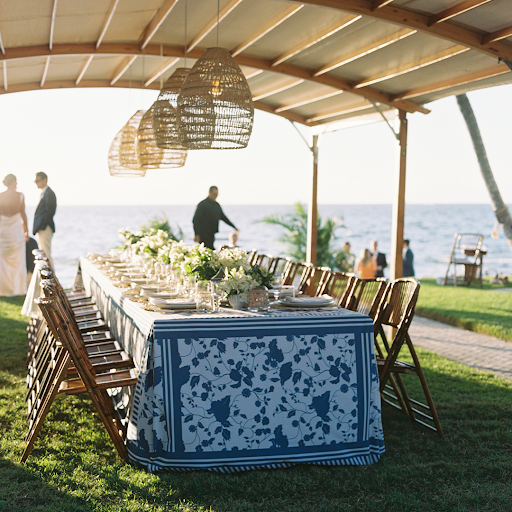
As events move from virtual-only to hybrid and in-person, keep in mind that guests are looking for wellness and mindfulness at every level. That’s why tranquility is a big event design trend in 2022. Event spaces that are uncluttered, comfortable, and beautiful are key to curating a wellness-forward experience.
The days of packing a single conference day with back-to-back seminars and unending workshops are over. Instead, focus on taking a balanced approach to events. Here are some ideas to help you incorporate mindfulness and wellness into an event schedule:
- Dedicated breaks to inspire creativity and brainstorming
- Outdoor activities so guests can get some fresh air and a change of scenery
- Movement breaks, from stretching sessions to Tai chi
- Massage stations
- Yoga and/or meditation workshops
- Tech-free zones to encourage conversation
- “Silent” conference rooms for guests who prefer to work or relax in a quiet area
- Ample healthy food and drink options
- Plenty of natural light whenever possible
Even your décor can emanate tranquility and peace. For example, instead of showcasing a wide variety of florals, stick to one flower variety and color to create a single—and stunning—visual display. You can also set up tables and chairs to encourage smaller groups, rest, and relaxation.
Don’t underestimate the power of a clean, tranquil space to promote mindfulness, wellness, and peace.
08 NATURAL ELEMENTS
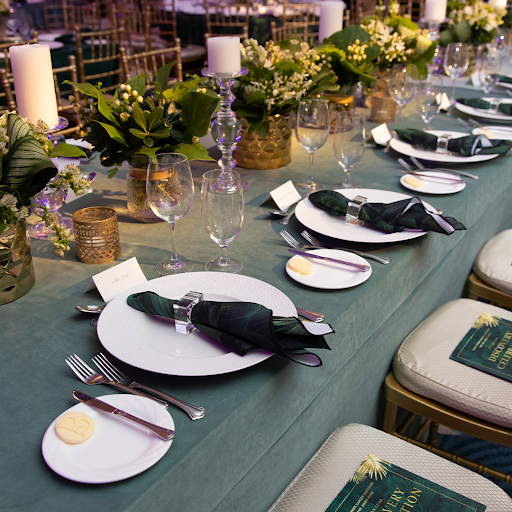
After being stuck inside for so long, Mother Nature is a big event design trend for 2022.
Your guests will appreciate any attempt to bring the outdoors in.
Take inspiration from nature wherever you can. Green tones like emerald and sage are an easy way to pay homage to the beauty of the natural world. Similarly, using natural materials like wood, stone, cork, leather, cotton, and linen can help set the stage for a nature-inspired event. You can add these touches to everything from napkins to place settings.
Of course, another great option is to host your event outside! Choosing to host your event in a garden, courtyard, or outdoor conference space allows you to take advantage of the natural beauty surrounding you.
09 NOSTALGIA

There is an undeniable comfort in nostalgia, so it’s no surprise that nostalgia is a popular event design trend this year. After all, pandemic-era guests and attendees have been living in an unrecognizable world for a long time. Why not bring back something familiar?
If you are planning a wedding, consider leaning into the nostalgia trend by offering favorite childhood dishes or desserts in addition to the traditional wedding fare. Additionally, bounce houses aren’t just for kids! Find an upscale option to give your wedding guests the chance to relive more playful days.
Depending on the guest list and topic, professional events can add a touch of nostalgia, too. Think of little ways you can give attendees a bit of a throwback. Table numbers are a great opportunity to do this—tables in the 01–09 range can showcase photos from the early 2000s, and those numbered 80–89 can have some 80s flair.
Nostalgia is supposed to be a little playful. Don’t be afraid to have some fun!
10 THINKING OUTSIDE THE BOX
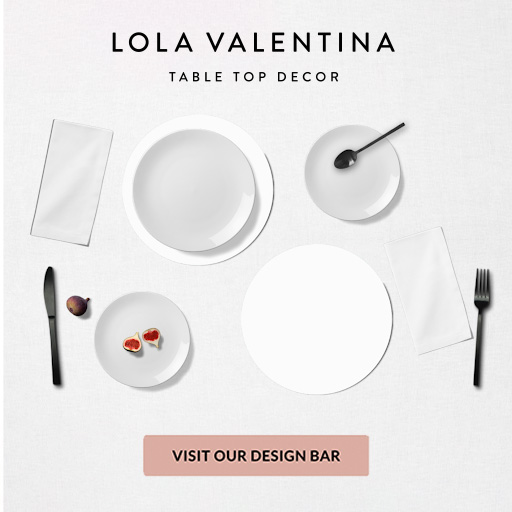
The pandemic didn’t just make it difficult (or impossible!) to plan in-person events; it has also brought on supply and labor shortages that have had cascading effects on the event industry. Some décor items, especially perishables like flowers, are not as easy to come by—and the prices are going up.
Visit Our Design barWith some creative thinking, you can work around these shortages. For example, instead of limiting your centerpiece flower choices to roses, choose a less in-demand flower that still draws the eye and works with your theme. Or, if you are having trouble getting flowers at all, you could take advantage of floral patterns for your other décor items, like tablecloths and napkins.
It all comes down to planning and thinking outside the box.
HOW TO GET STARTED WITH EVENT PLANNING IN 2022
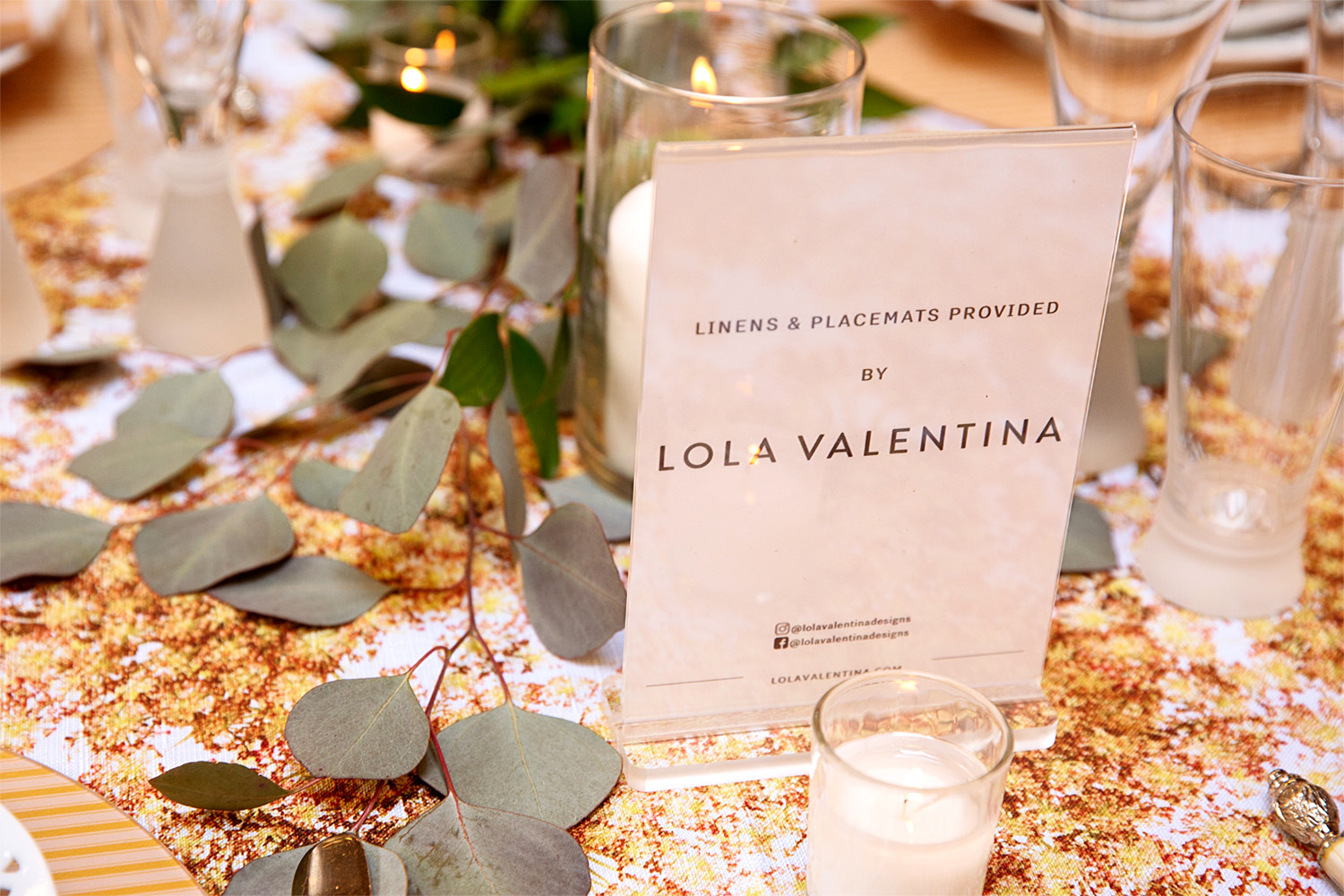
After tumultuous pandemic-era setbacks, the event planning industry is ready to move forward into a new landscape. However, while things have changed, the core of hosting an event remains the same—and getting back to the basics of what makes a great party is key to throwing a successful event in 2022.
If you don’t center the guest experience in your event planning, it doesn’t matter how beautiful your venue looks or how well-organized the speaker list is. You need to put yourself in your guests’ shoes and consider how they will approach and navigate the event space.
Start developing an audience-centric event experience by asking these questions:
- Why are your guests attending the event?
- What goals do you want your guests to achieve?
- What challenges do you want your guests to overcome?
- What do your guests need to know or do before coming to the event?
- How can you set your guests up for success?
- How do you want your guests to experience the event?
- How do you want your guests to interact with your content?
- What do you want your guests to walk away with after the event is over?
The key is to ensure your guests are encouraged to attend the event you are planning. Making the experience memorable, fun, and engaging at every level can help you create an event that your guests will never forget.



